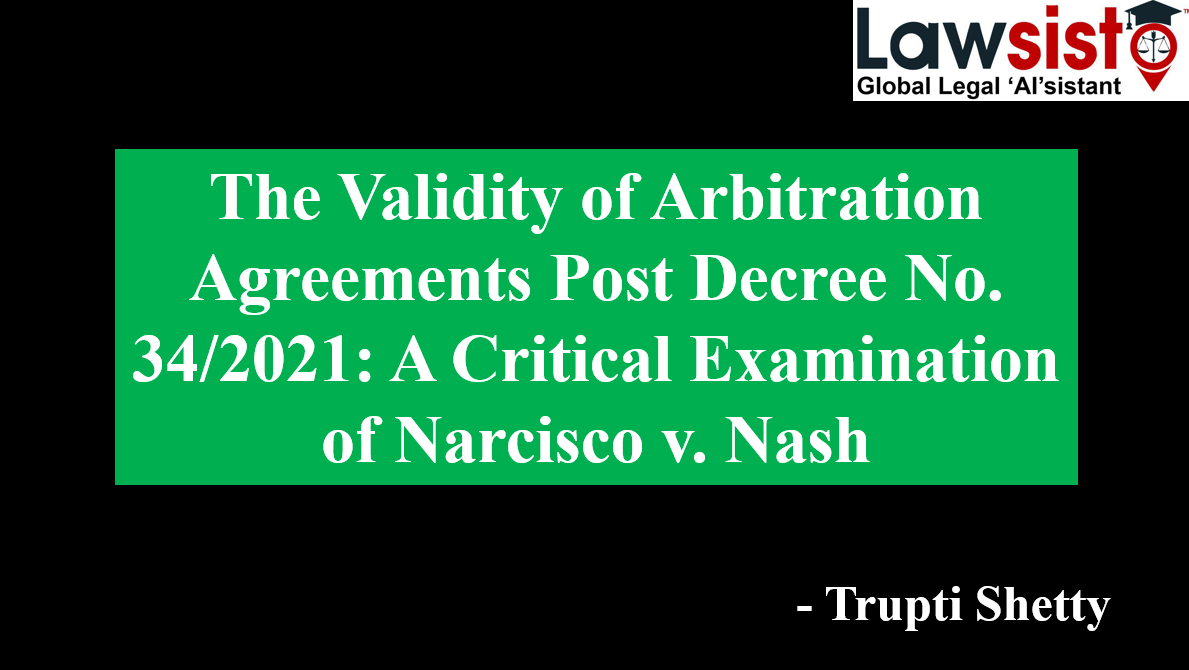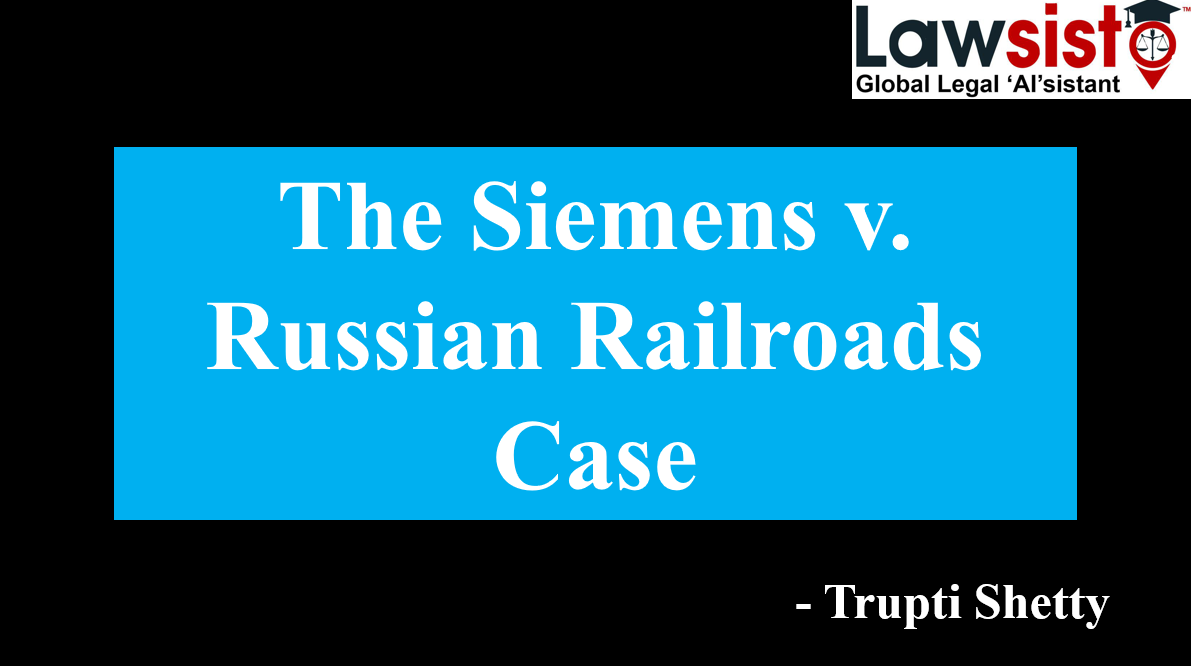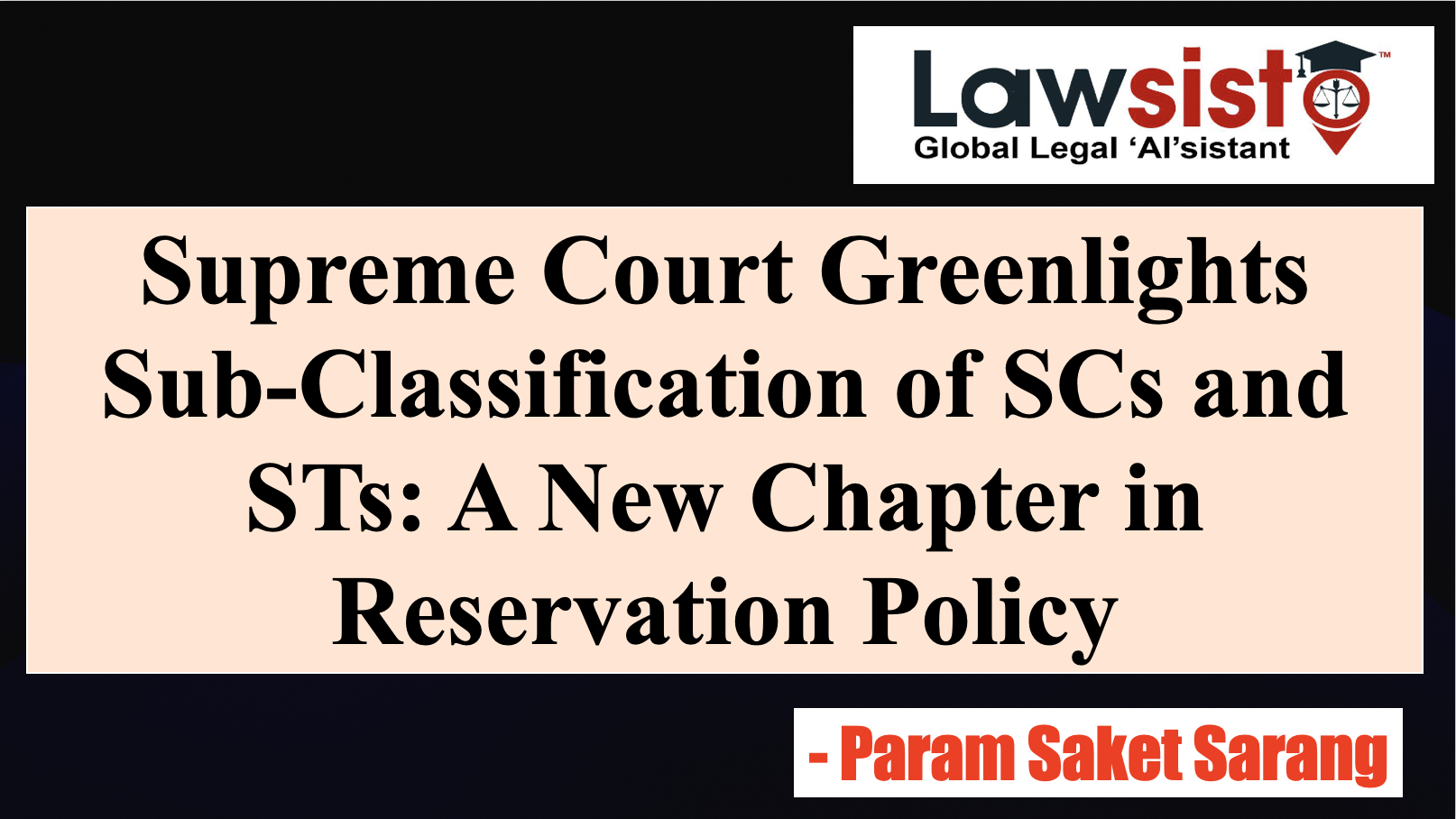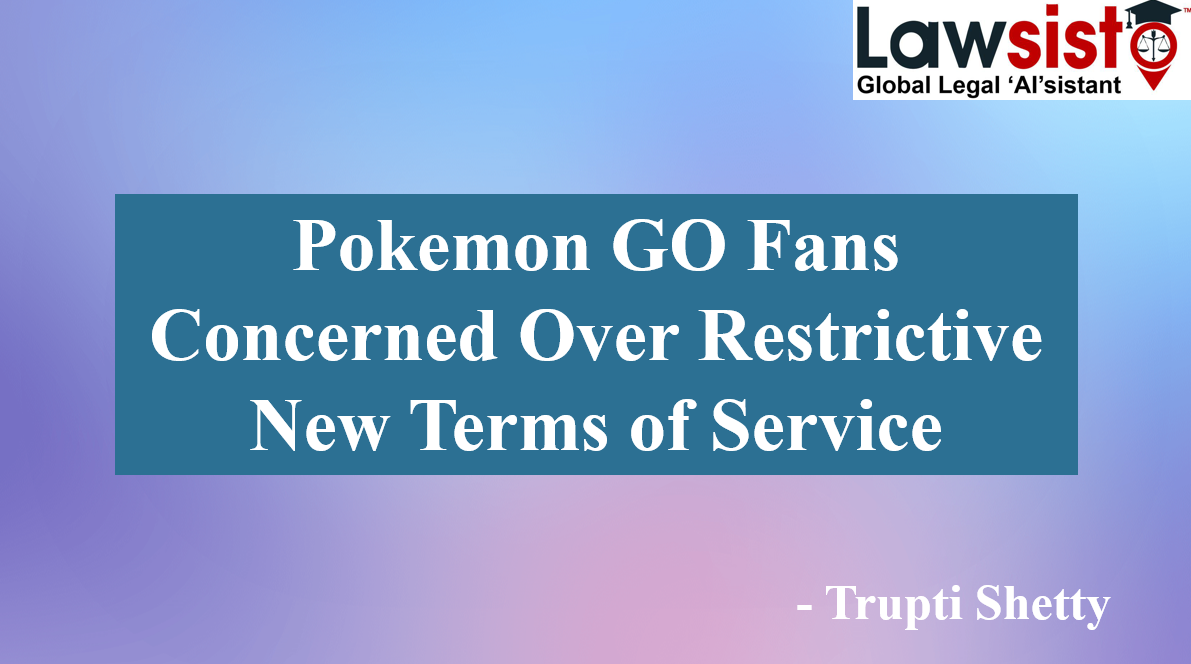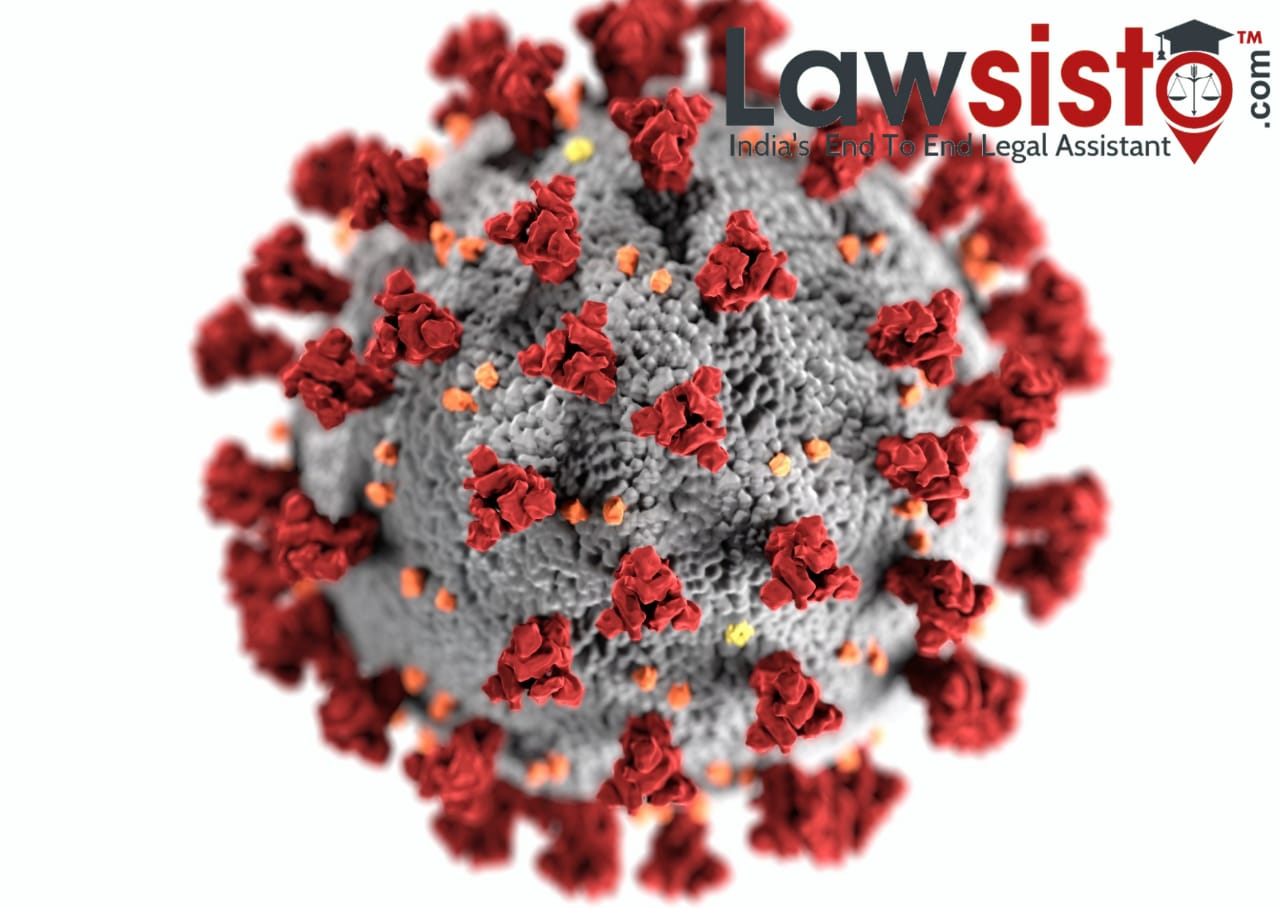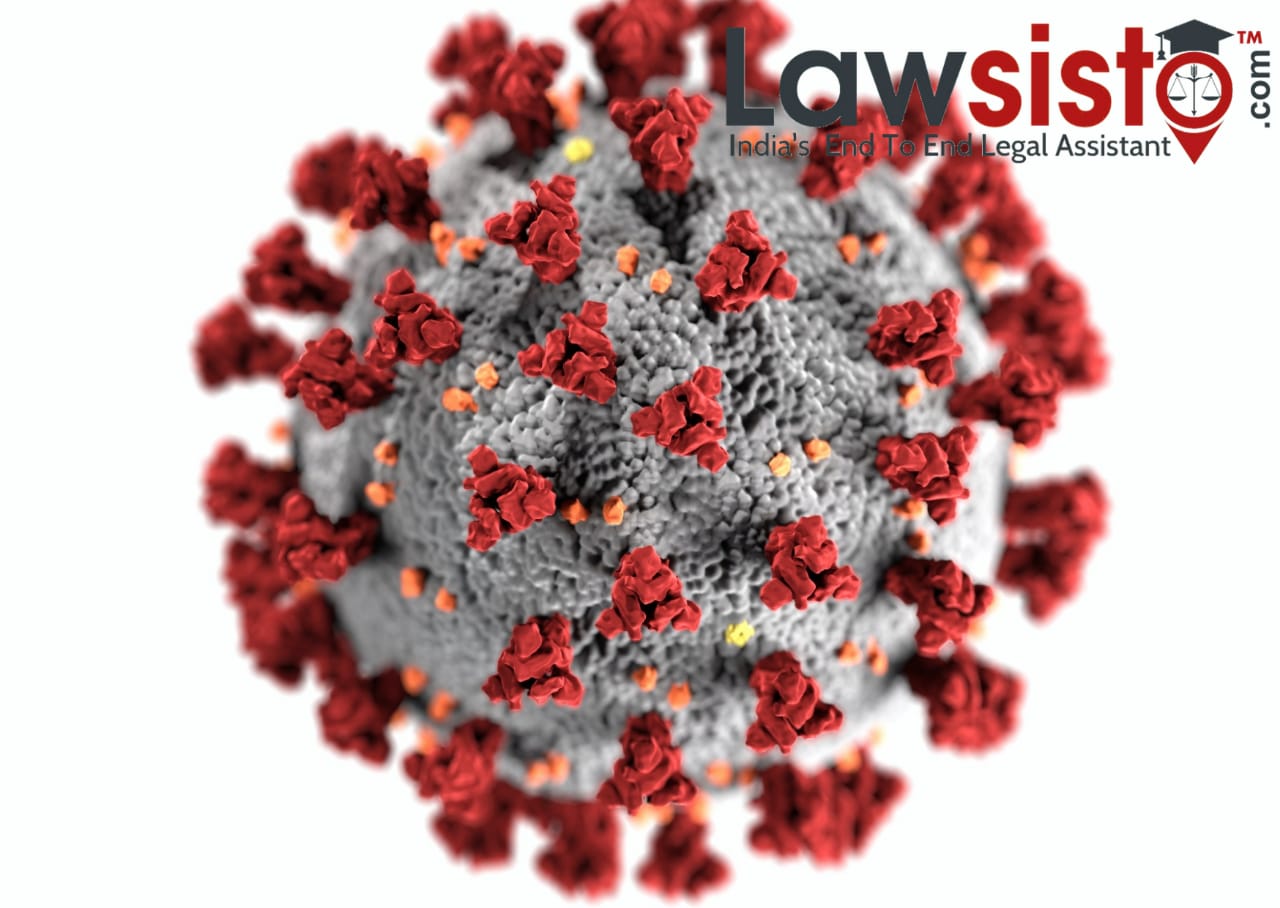Latest News
Biotechnological inventions: patenting of genes and life forms, and the impact of patenting on upstream science
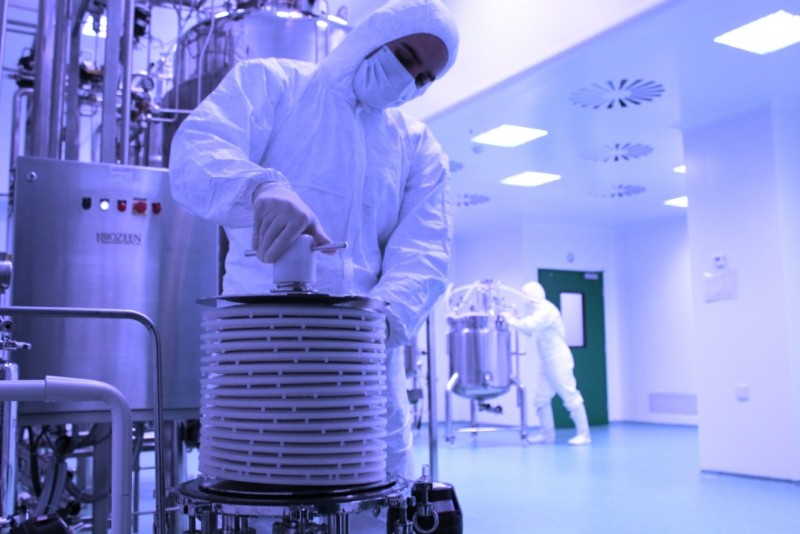
Patenting of life forms:
Logically patenting of life forms is not allowed because it is a naturally existing phenomenon and there is no inventive step involved in it. Neither a caged life was appreciated or patented because the concept of caging was never justified. A modified life form is patentable as far as the actual modification is concerned. This view is intermediate between current patent practice which allowed broad claims on the strength of a limited modification for example in case of cotton and the idea of life being self-determining and life had nothing to do with patents. There comes in a wide gap of opinions, where situations have been considered two ways- one that is centuries ahead of us and the other that surfaces now. Years from now new life forms will be synthesized from the scratch, such life forms will have inventive steps involved which would call for them to be patented. Until then as of now, we believe the existance of life forms being mystical and no one would be looked at with wonder to have come across any accomplishment. So, we can say that eventually the prohibition of patenting of life forms might cease to exist. Issues coming up won’t be of least importance though but the levelling up of the patent claims and its complications will lead to confusion of whether or not they a real invention despite being occurring in the nature. Also, life forms not getting patented might lead to misuse of even the invention of their existence thus we need stricter controls on their use. Until then we can have some illogical positions on claims.
Patenting of genes:
Genes coming under life forms says that they are chemical entities, subject to composition of matter patents. Any novel gene that has been processed electronically from the very beginning and serves a useful purpose too could logically be patented because it has the idea and effort of an individual or team behind it. With the sequencing and open release of whole genomes that has taken place over the last decade, there is a little room for this argument. Bermuda agreement on human sequence was one of the landmark cases in the game of human genome sequence in 2003. In 2001 USPTO raised the bar to demand “specific, substantial and credible utility”, strict functionality of any kind is discovery not invention, and so logically gene patenting should not be allowed but it can be agreed upon as a working compromise. In the recent times, stats show some shifting towards the process patenting which is not a bad thing. Years ago, strong gene patent was said to be essential for companies’ efforts to spread out. Why gene patenting is not well supported is also proved by the fact that utility of genes and genomes lies purely in their information content. The information for the same is there pre existing in the computers and written in books. The same cannot be said for proteins because we are not aware of the properties of proteins from the sequence of its present genes. Perhaps this situation will gradually change and patenting of genes will be avoided in the future.
Patenting in upstream science:
Upstream science is term given to molecular biology. So here we talk about the impacts of patenting of upstream sciences which is closely related to the patents we studied above. There are untrue researches which says this kind of patenting is abandoned because of danger of patent infringement and overlapping patents. Combined studies and comprehensive surveys that have been published in the National Research Committee of the United States that the response rate have been as low as 33% but appeared to be representative. The conclusion is that there is some inhibition of research by third party patents, but in most fields only a minority of researchers declare significant hindrances. With other significant approaches the committee warns that as patent administrators become more active in exploiting their assets and eventually the patent blocks will become more frequent. Patents have a small negative effect on upstream research and that this is likely to increase. To remove this trend, it recommends a number of measures to maintain the vigour of public research. The Danish board technology review proved to be useful showing how little regard most firm in that country have for patents. Exceptions being the biotech and drug companies where the companies are over burdened with patent claims.
Integration and Harmonization:
There has been no direct evidence which shows the importance of patents in our system of economy. But we have seen a wide variety of innovation and the industries have rose in prosperity. The growth has been successfully recorded but the Intellectual Property law researches have misguided efficacies. Where as contents of the public domain are often dismissed as every simple thing is left unpatented. Scientific publication and other forms of data release have been an important part of public domain. Public domain knowledge is open for all which paves the path for future discoveries. But where the conflict arises is public domain being invaded by the advancement of patenting. It is expected that there will be severe future effects to this detoriating advancement. What seemed completely possible 20 years ago didn’t happen and we need to take reformative steps to save our public domain and actively participate in strengthening the structure thereafter. Firstly, more respect has to be given to public domain with high regard and status. They shouldn’t be diminished by our free releases and should be recognized as such by policy makers.
Second, the gap should be bridged between the free release and patents by intermediate forms of licensing such as BIOS and science Commons. Finally, patents are just tools to be used in one way or another and we need to learn to integrate them with our researched tools for progress and prosperity in the world.





